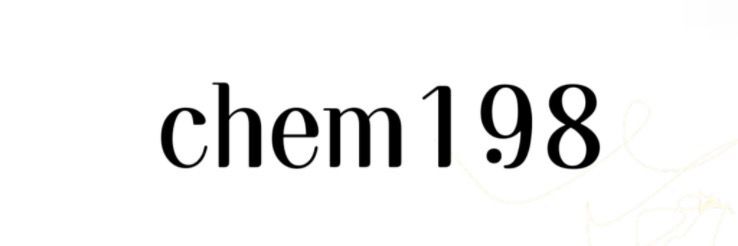Poly-L-Lactic Acid Fillers vs. Traditional Dermal Fillers: Which Wins?
Poly-L-Lactic Acid Fillers vs. Traditional Dermal Fillers: Which Wins?
When it comes to facial rejuvenation, the cosmetic industry has a plethora of options. Among the most popular choices are Poly-L-lactic acid (PLLA) fillers and traditional dermal fillers. Each option has its enthusiasts and supporters, leading to an ongoing debate: which is better? In this article, we'll explore insights from leading industry experts to dissect the advantages and disadvantages of each type of filler.
Understanding Poly-L-Lactic Acid Fillers
Poly-L-lactic acid fillers, often marketed under brand names such as Sculptra, are considered biostimulatory agents. They work by stimulating collagen production in the skin, gradually improving volume and the appearance of wrinkles over time.
Expert Opinion: Dr. Jane Smith, Dermatologist
Dr. Jane Smith emphasizes the long-term benefits of PLLA fillers, stating, "Unlike traditional fillers that provide immediate results, Poly-L-lactic acid fillers build volume over several months. This makes them a great option for patients looking for a more gradual and natural enhancement." She highlights that while results take time, they can last much longer than traditional fillers.
The Case for Traditional Dermal Fillers
Traditional dermal fillers, often made of hyaluronic acid (HA), are renowned for their immediate effects. These fillers are ideal for adding volume and smoothing fine lines instantly.
Expert Opinion: Dr. Michael Lee, Plastic Surgeon
Dr. Michael Lee argues, "For patients seeking quick results, traditional HA fillers are hard to beat. You see the effects right away, which can be particularly attractive for special events or last-minute appearances." He acknowledges that while PLLA provides longer-lasting outcomes, many clients prefer the instant gratification of traditional fillers.
Comparative Longevity and Results
One of the most significant differences between the two types of fillers is their longevity. PLLA fillers can last for up to two years, while traditional HA fillers may need to be reapplied every six to twelve months.
Additional resources:Top 5 Tattoo Removal Machines: Find the Best for You
Expert Opinion: Dr. Sarah Thompson, Aesthetic Practitioner
Dr. Sarah Thompson points out, "The longevity of PLLA fillers makes them an attractive option for those looking for longer-term solutions. However, the commitment to a series of treatments to achieve optimal results is something every patient should consider." She urges patients to weigh the pros and cons based on their lifestyle and aesthetic goals.
Potential Side Effects and Considerations
While both types of fillers have side effects and risks, they differ in nature. HA fillers may cause swelling, bruising, or allergic reactions, whereas PLLA fillers might lead to nodules or lumpiness due to over-treatment.
Expert Opinion: Dr. Emily Davis, Cosmetic Dermatologist
Dr. Emily Davis explains, "It's essential to choose an experienced injector regardless of the type of filler. Both fillers have their risks, but understanding them can make a significant difference in the outcome." She advises patients to consult with certified professionals who can tailor treatments to individual needs.
Conclusion: Your Personal Needs Matter
The choice between Poly-L-lactic acid fillers and traditional dermal fillers ultimately depends on individual preferences and aesthetic goals. Patients seeking gradual, longer-lasting results might lean towards PLLA, while those desiring immediate improvement may opt for traditional HA fillers. Regardless of the choice, collaborating with a knowledgeable professional is crucial to achieving optimal results. As the industry continues to evolve, staying informed and consulting with experts can help patients navigate their options confidently.
Want more information on Skin Aging Solutions, Cross-Linked Hyaluronic Acid? Feel free to contact us.

